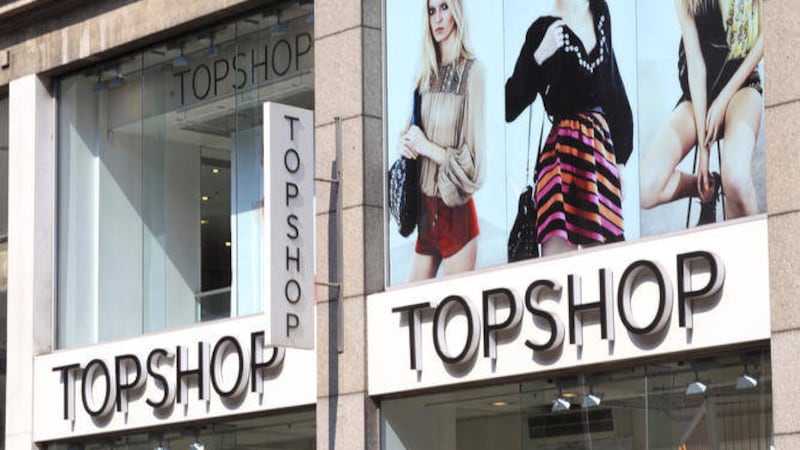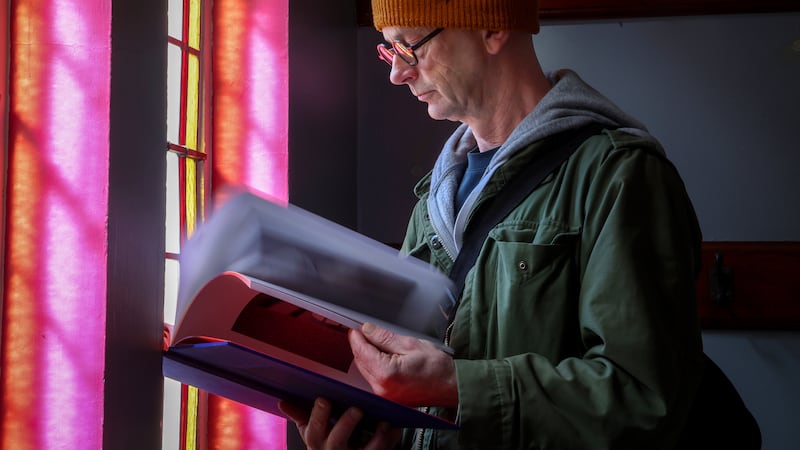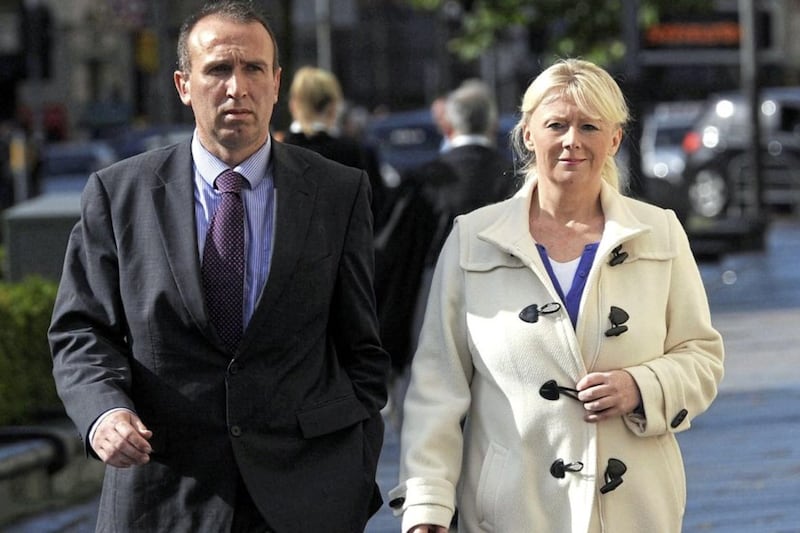EVER gone into a high street store and thought that the mannequins were far too skinny?
Well, that's what one woman thought and actually did something about it.
Fed up with being faced with extremely thin display models portraying how a woman's body should look, one disillusioned customer took on fashion store Topshop.
Laura Berry posted a picture on Facebook which highlighted the 'ridiculous' proportions of the model's legs when shopping in the company's Bristol store.
She said she had been turned off from buying a pair of her favourite jeans because of the mannequin's dimensions and criticised the company for the unhealthy body image she believed it was promoting.
She wrote: "Dear Topshop, having been paid yesterday, I decided to spoil myself by purchasing a new pair of my favourite Jamie jeans.
"However, I was stopped in my tracks by the mannequin in the picture I've shared with this post. This mannequin is frankly ridiculously shaped.
"Young women aspire to the somewhat cult image your store offers. Which I'm sure you're aware by your sales figures and hashtags on Instagram.
"Yet not one mannequin in your store showed anything bigger than a size 6.
"Perhaps it's about time you became responsible for the impression you have on women and young girls and helped them feel good about themselves rather than impose these ridiculous standards."
Her post obviously drew the attention of many similar minded people and her complaint went viral on social media with thousands of people joining in the debate.
The retailer was inundated with a barrage of complaints with customers claiming the figures were not representative of real bodies.
Topshop replied, claiming the model was based on a ladies size 10.
Although it did admit the mannequin in question had been altered for visual merchandising purposes so is 'therefore not meant to be a representation of the average female body'.
It said the mannequin had been made taller for 'impact' and agreed not to order the 'stretched' models again in light of shoppers' comments.
A mannequin is just a slight upgrade from a hanger, showing off the clothes to customers.
If something looks enticing on the plastic model, then we're more likely to try it on and buy it, right?
But as representations of women, mannequins are inevitably part of the debate around fashion and body image.
Most high street stores use plastic models that replicate a size eight or 10 body and a height of 6ft.
But in reality the average woman is closer to a size 16 and stands at around 5ft 4ins tall.
There have been attempts in recent years to address this disparity, for example Debenhams began using size 16 models.
Just last month an American magazine featured a plus-size runner on its front cover.
When the issue came out, there was much praise from social media users with people happy at seeing a larger woman on the front cover.
But the problem still exists.
While it is fine for many women who are relatively body confident, for others especially teenage girls it's not so easy.
There's no question about it for most people - the opinions of society play a large role in how we perceive ourselves, particularly in terms of physical attractiveness.
We all get a lot of pressure to conform to a certain body type.
But what the Topshop mannequin debate highlights is that it's damaging because then you are programming young women to immediately scrutinise themselves and how they look.
High street stores in particular need to lead by example and show beauty in all body types, not just the stick thin ones.
And we need to teach young girls in particular to love their bodies and to dress in a way that makes them feel beautiful, regardless of 'type'.
Every young woman should be able to look in the mirror and see the beauty that they are and not feel the pressure to conform to the 'ideal' body shape.
We should embrace everybody's shape.
While we don't need to get rid of the mannequins, we should at least expect a more diverse - and realistic - portrayal of the female body.









